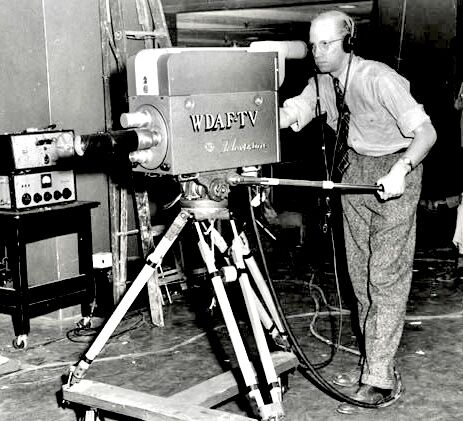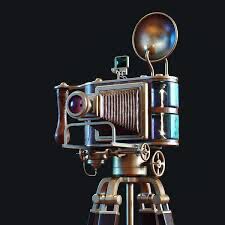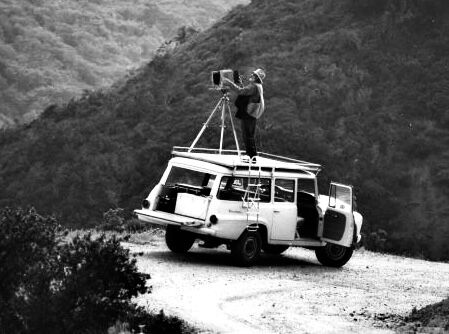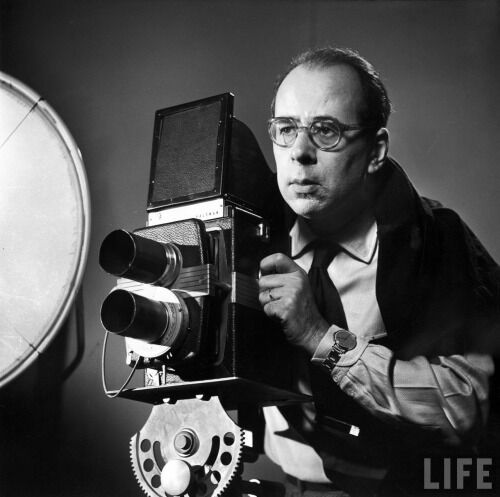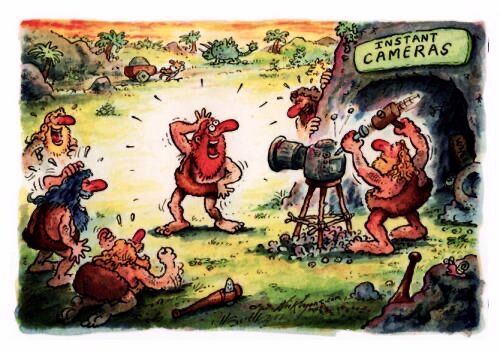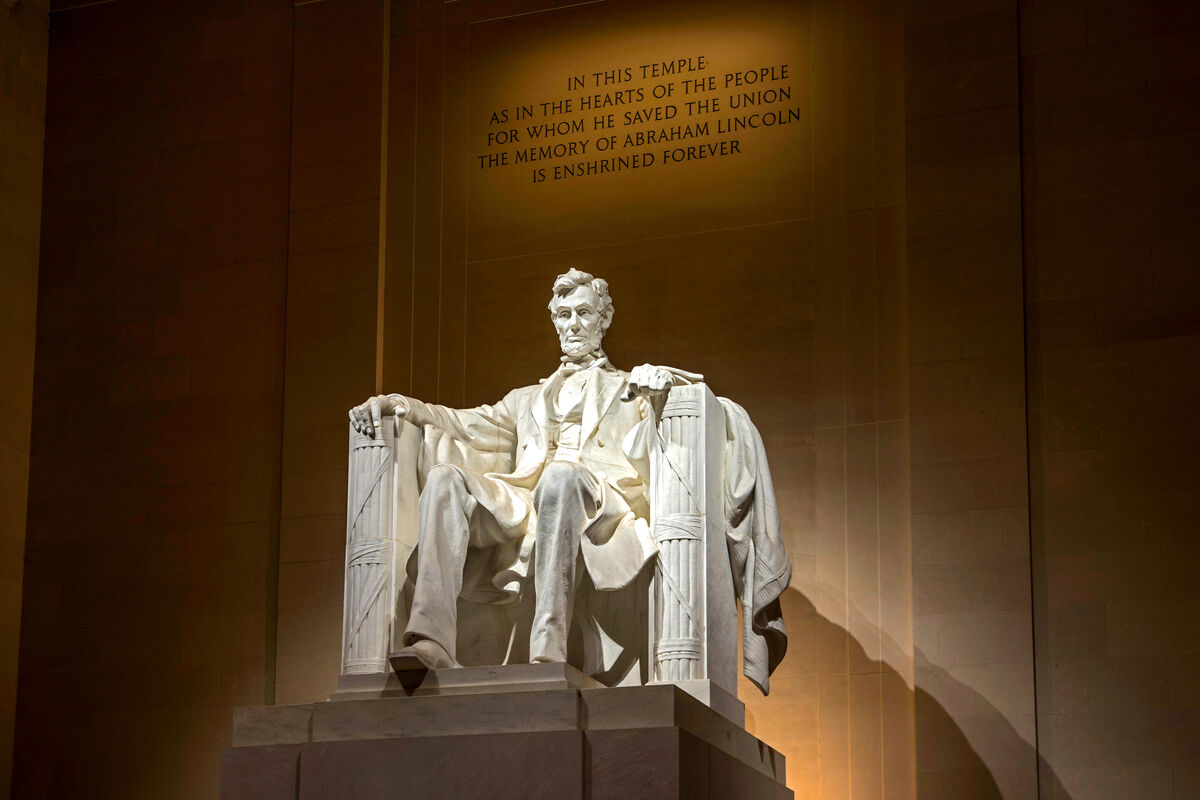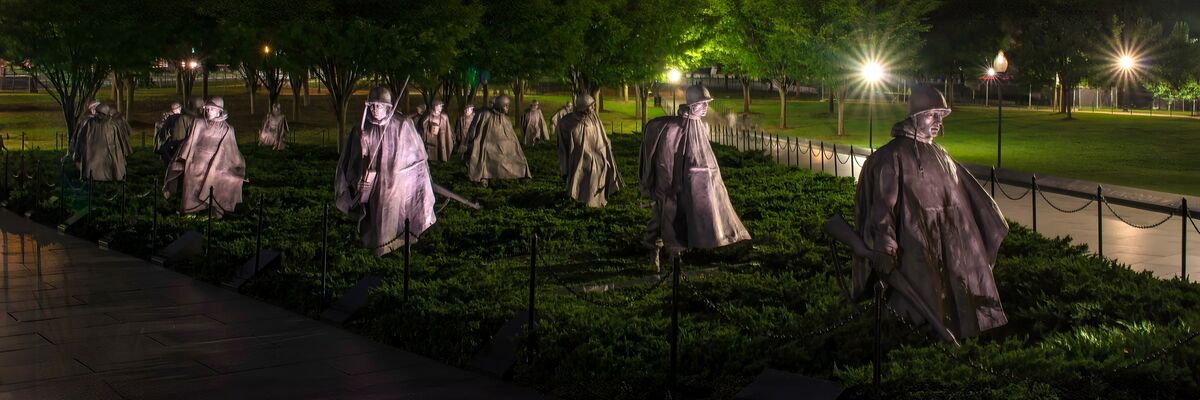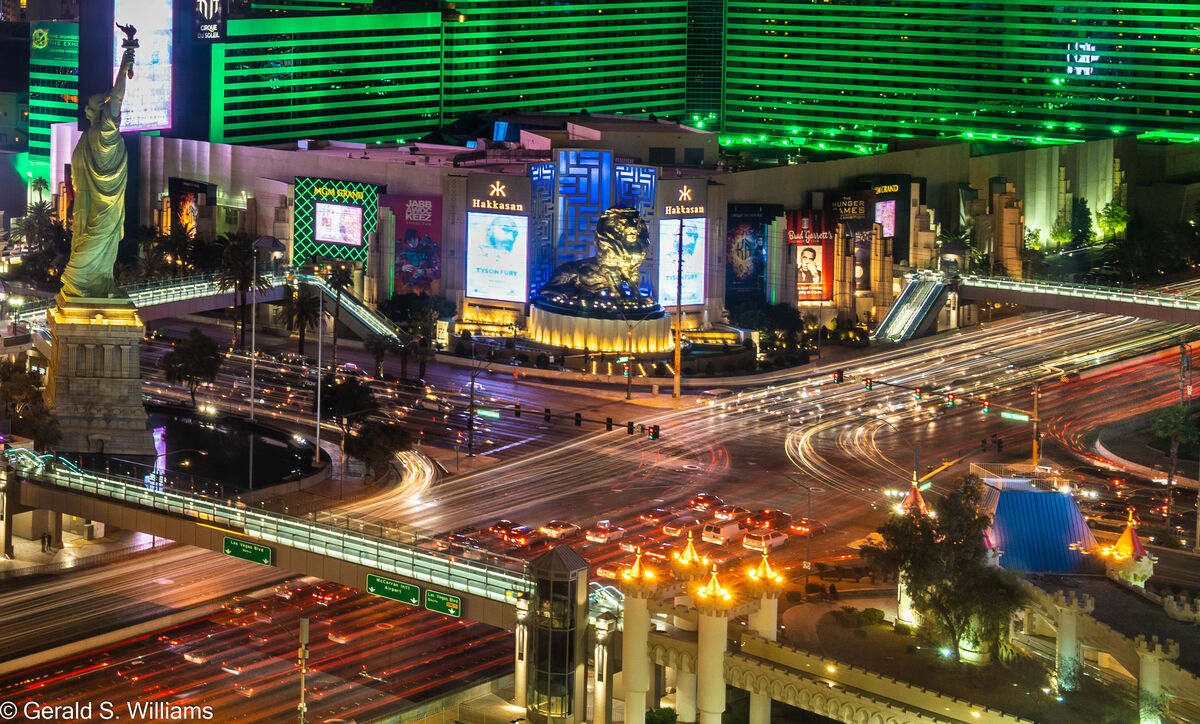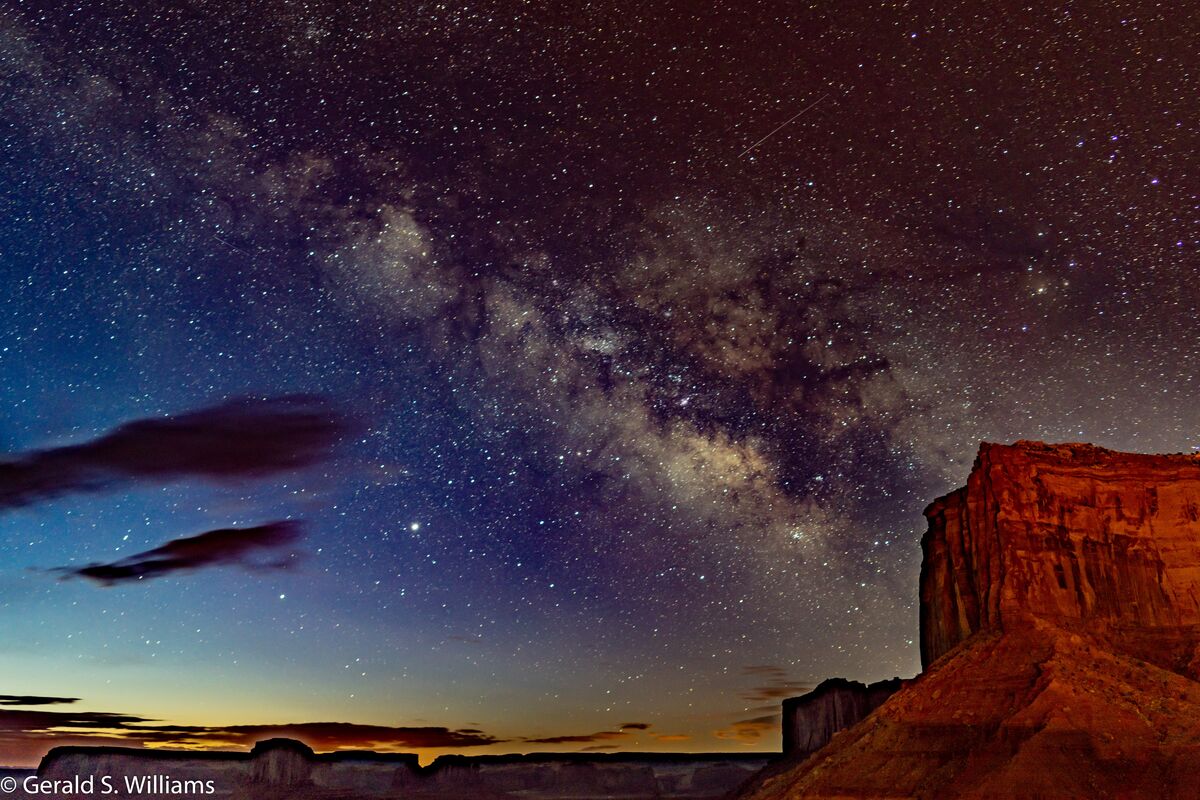Are Tripods Still Necessary For Landscape Photography?
Jun 18, 2023 22:52:43 #
RodeoMan wrote:
Yes, it really *was* universal, once upon a time, looooong long ago, in a universe far far awaaaaay .......I don't know if its the case these days, but at one time if you read across "the literature" on how to obtain the best photographs possible, the one "rule" universally given was use a tripod.
Jun 18, 2023 23:39:44 #
OK, I'm a most of the time tripod person, but some times it's better not to have one. Like today.
Today I was scrambling along a breakoff ledge photographing petroglyphs. Several times I thought a tripod would be great for a few of the outstanding petroglyphs but no way to have a free hand to carry it, and it was back at the ATV at the base of the mountain.
So, I ran up the ISO, souped up the shutter and got very acceptable shots.
Of course internal stab. helped.
Point is, sometimes technology has to be put aside for good judgement.
Today I was scrambling along a breakoff ledge photographing petroglyphs. Several times I thought a tripod would be great for a few of the outstanding petroglyphs but no way to have a free hand to carry it, and it was back at the ATV at the base of the mountain.
So, I ran up the ISO, souped up the shutter and got very acceptable shots.
Of course internal stab. helped.
Point is, sometimes technology has to be put aside for good judgement.
Jun 19, 2023 00:06:27 #
11 years ago I was in DC. I'd read somewhere that tripods were frowned upon there. Read a pamphlet/book/article titled "The World is Your Tripod" and simply found spots to place the camera, set the timer and such, and let it do it's work. Since then I still use a tripod, but rarely in the field, I've just gotten in the habit of doing things differently. I shoot panos hand held with no appreciable problems (rotating my core on a swivel and bracing steady-Eddie). I go after birdies alot and sports/action...those tasks take up much of my shooting time, but, of course, there are those times I'll use the prop. Here're a couple from the DC foray: Abe was a quarter of a second exposure with the camera (D800) on the floor with my key ring providing the front elevation (check the dirt on his knee) and the Korea Memorial was a 10 second exposure at f10 from an adjacent pedestal...
Jun 19, 2023 00:58:14 #
Mac wrote:
With IBIS are tripods still necessary? Especially when using a smaller, lighter lens like a prime? I understand that with some types of photography (and lenses) tripods are needed, but has IBIS made them redundant in others?
IBIS has made tripods redundant in some cases. But for some types of photography, tripods are needed.
I use a tripod for really long exposures, for precise panoramas, when I'm waiting a long time for an animal to move, when I'm shooting in awkward positions (very low, very high), when I'm using heavy lenses, when I want multiple shots in the same position, when doing astro-tracking, when doing some time-lapse (might be using a slider with or without the tripod), when doing some video, when shooting some macro. Sometimes I use a monopod instead of a tripod; sometimes the monopod has legs.
But, you only need a tripod if you need a tripod for what you shoot.
Jun 19, 2023 02:34:27 #
anotherview wrote:
As well, try mirror lockup. Put a bubble level in the hot-shoe mount. After triggering the shutter by remote action, note the slight movement in the bubble fluid. Mirror slap causes it.
Then actuate the shutter for the second time. No mechanical action happens.
As a result, the exposure contains no blur.
Suspending a sand bag from the center of the tripod eliminates the miniscule vibration from sources such as passing automobiles, the wind, loud carried noises, etc.
Then actuate the shutter for the second time. No mechanical action happens.
As a result, the exposure contains no blur.
Suspending a sand bag from the center of the tripod eliminates the miniscule vibration from sources such as passing automobiles, the wind, loud carried noises, etc.
What mirror?

Jun 19, 2023 05:42:04 #
Delderby wrote:
What mirror? 

Geeks with sandbags and bubble levels tend to still have mirrors :-)
----------------------------------------
FWIW, hanging a sandbag beneath the center column is far less effective than draping the sandbag onto the camera. Acoarst, the sandbag must be suitably shaped for draping (photo attached).
Jun 19, 2023 06:15:42 #
As much as I know the tripod considerably helps with stabilization, I very seldom use one. I just take a deep breath and hold it. I sometimes find something to brace my camera on like a parking meter, fence etc.
Jun 19, 2023 07:37:45 #
Desert Gecko wrote:
Good examples of many situations where a tripod is... (show quote)
Treking pole with ball head is great idea.... for travel etc.. a cane with removable head and small ball head kept in pocket is great option for those that use a cane... Gets you into places where a dedicated monopod or tripod may be prohibited. carry a couple velcro straps and you can always strap cane or trek stick to fence rail or any post to stabilize; A great aid when hiking.
Jun 19, 2023 09:06:49 #
StanMac
Loc: Tennessee
At this point in my life, if I want the sharpest possible image a tripod is the solution.
Stan
Stan
Jun 19, 2023 09:14:59 #
The question about necessity of a tripod for landscape photog-ing probably indicates it would be asked by those who do not do work for which a tripod is a necessity.
Jun 19, 2023 09:43:28 #
I use a Canon R5 with a 24-105 f4 and can shoot water falls at 1/4 second. But, I was taking some night pictures in downtown Greenville, SC and had to throw out 80% if my shots. They were destined for display and most were not sharp. I went a two weeks later and reshot the entire spread with a tripod. Lesson learned.
Jun 19, 2023 10:02:35 #
I try to use a tri or mono when ever i can. I forces me to take more time and wait for a better moment. One thing is never set up your tripod when you first get to the site. Pick your site and then set it up. If you set it up right i may become an anchor.
Jun 19, 2023 10:59:25 #
NCMtnMan
Loc: N. Fork New River, Ashe Co., NC
Mac wrote:
So like I said in my original post, sometime they are needed.
I am going out next week to do some landscape/seascape photography and will be taking a tripod so I can take both mounted and handheld to see for myself. I am just wanting to see what others think in advance.
Thank you for your response.
I am going out next week to do some landscape/seascape photography and will be taking a tripod so I can take both mounted and handheld to see for myself. I am just wanting to see what others think in advance.
Thank you for your response.
Monopods can be very helpful and aren't as much to deal with. I use one often with a strap around my neck to give additional support and control. A goid versatile head helps as well.
Jun 19, 2023 11:06:06 #
Philo, speed is sometimes a critical factor in everyday life, including photography--but failure to take our time may be the biggest threat to doing our best. When I see a fine print, I can't see the time it took (shooting and then printing), but when a picture is not so fine, I can definitely see where more time would have helped. Time itself can be considered an important tool.
I truly appreciate the portrait skill to make many portraits in an hour, but even so, the mass-produced methods (while giving good, reliable product) is most criticized for "all look the same"--while being praised for the very same thing. I also appreciate the journalist skill and the action-skill to grab shots at the decisive moment. But by and large, landscapes and architectural views are not going anywhere, so we can take as much time with it as we need. One reason the old large format photographers could produce fine art (apart from being good) was that the art form demanded slow, careful work. Seeing things upside down and sideways, and using a magnifier to examine details, made people be careful and double-check things. Time is a challenge for all good things, even life itself. An artistic life can be a race where the slowest one wins.
I truly appreciate the portrait skill to make many portraits in an hour, but even so, the mass-produced methods (while giving good, reliable product) is most criticized for "all look the same"--while being praised for the very same thing. I also appreciate the journalist skill and the action-skill to grab shots at the decisive moment. But by and large, landscapes and architectural views are not going anywhere, so we can take as much time with it as we need. One reason the old large format photographers could produce fine art (apart from being good) was that the art form demanded slow, careful work. Seeing things upside down and sideways, and using a magnifier to examine details, made people be careful and double-check things. Time is a challenge for all good things, even life itself. An artistic life can be a race where the slowest one wins.
Jun 19, 2023 11:12:56 #
E.L.. Shapiro wrote:
Unless you are gathering statistics for a tripod m... (show quote)


I totally agree:
1) Not making this shot without a tripod or resting the camera on a steady platform. A three-minute exposure of part of the nighttime Las Vegas strip, Nevada, USA with the light streaks of the car headlights and taillights.
Sony A7RIV, Sigma Art 24-70mm f2.8 DG DN lens, 24mm, ISO 50, f8, 180 seconds exposure, with a K&F VND/CPL filter.
2) Not making this shot without a tripod or resting the camera on a steady platform . A 20 second single exposure of the moment when daylight overtakes the night sky with the Milky Way and a streaking Space Station over famed Monument Valley, scene of numerous movies, TV shows, commercials, Navajo Lands, Arizona/Utah border USA. Sony A7RIV, Sony 24mm f1.4 GM lens, 24mm, ISO 100, f1.4, 20 seconds.
If you want to reply, then register here. Registration is free and your account is created instantly, so you can post right away.
